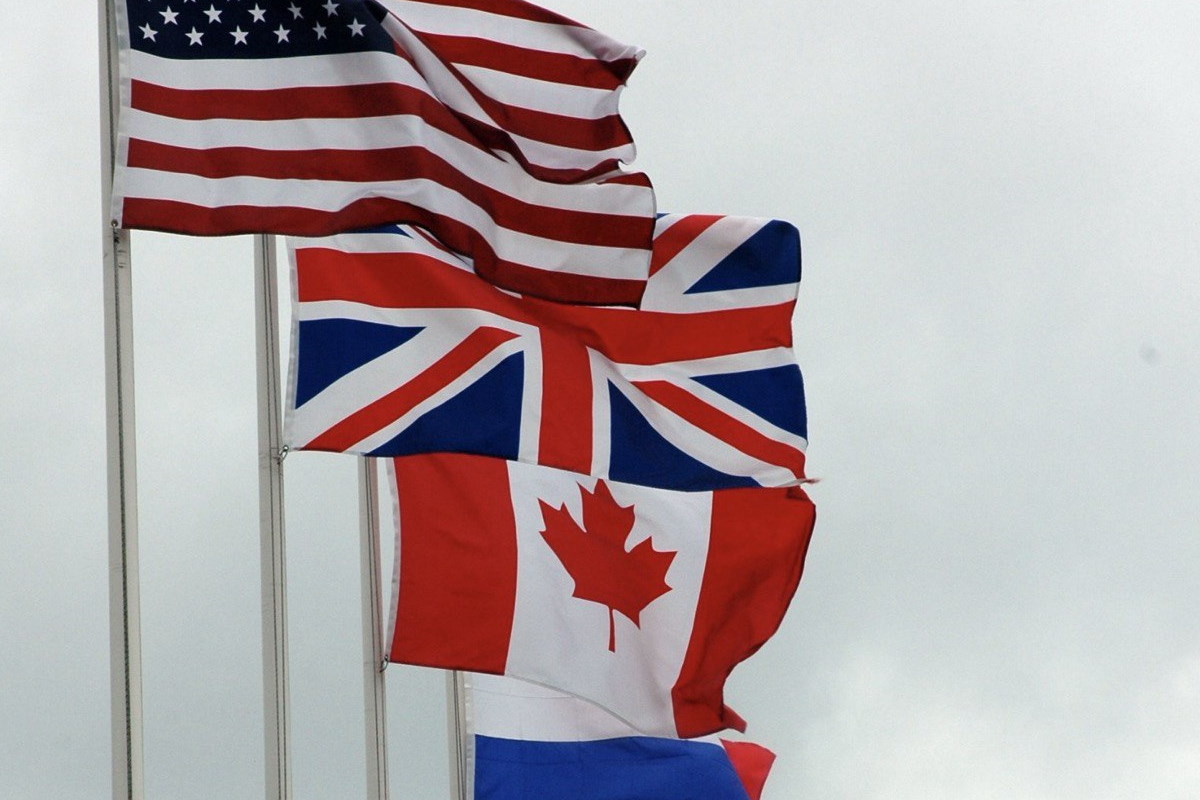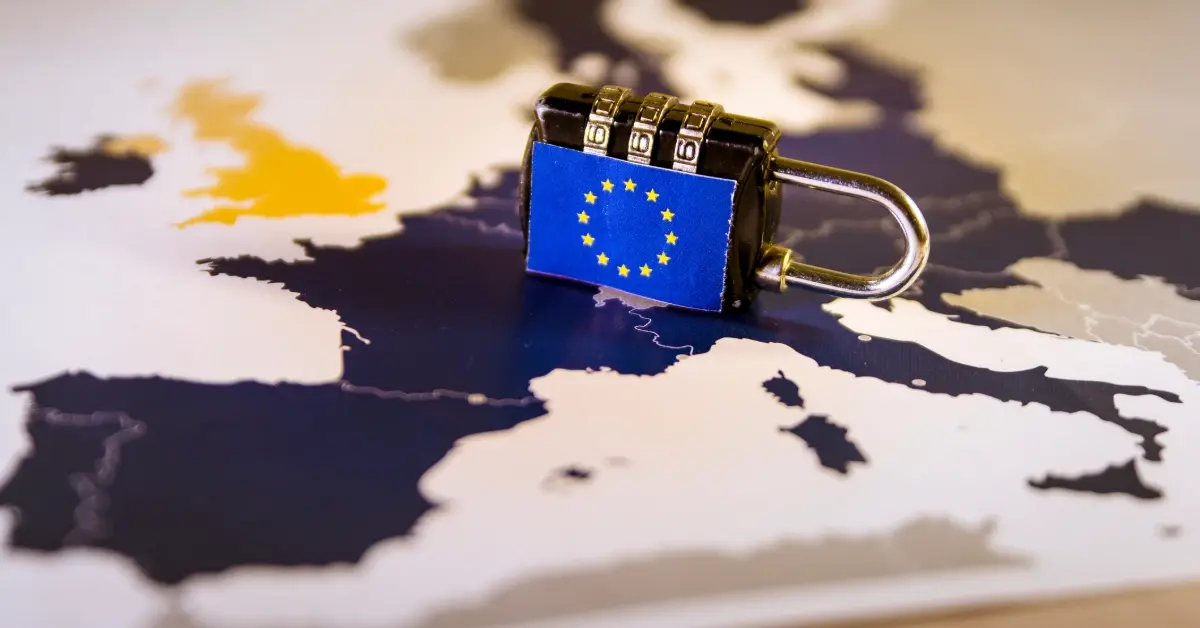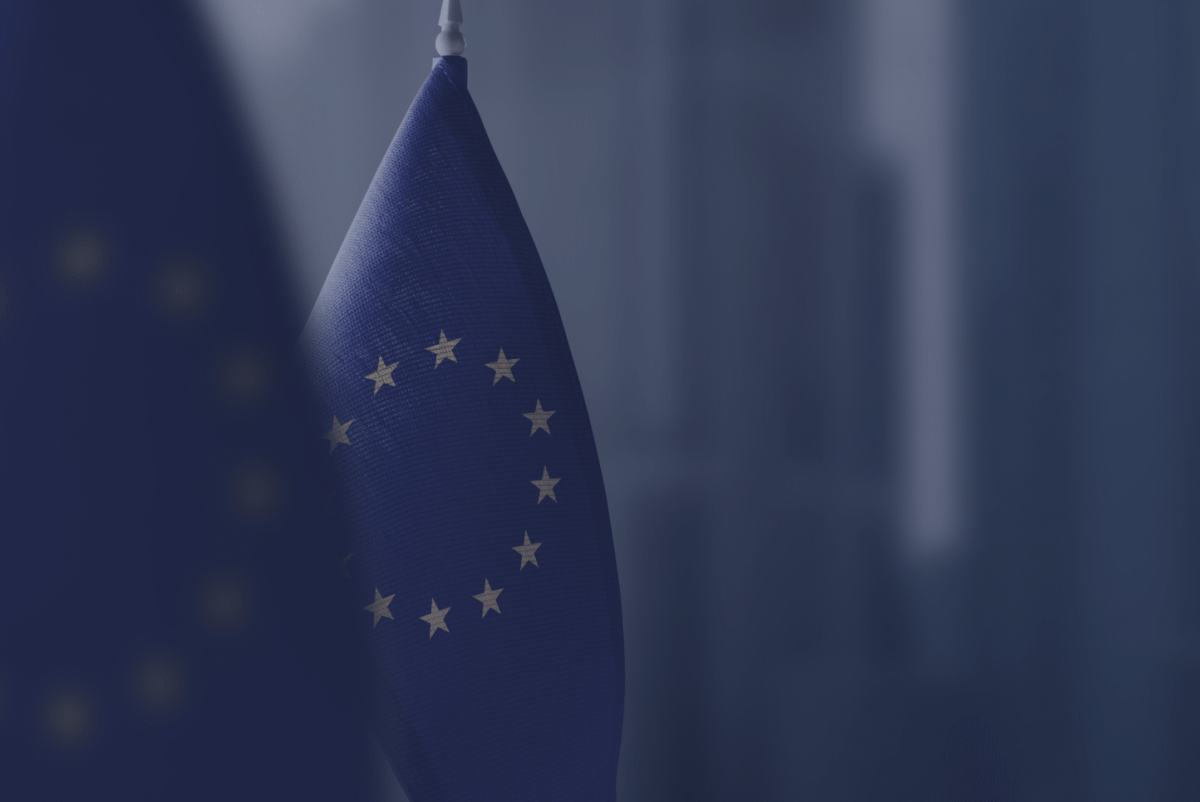GDPR Data Breaches in Video Conferencing: Risks and Compliance Tips
Video conferencing has become the backbone of modern collaboration. From board meetings and interviews to therapy sessions and online classrooms, organisations now rely on virtual communication to exchange sensitive information every day. Yet, with this convenience comes responsibility, which can be challenging.
When personal data is shared, displayed, or stored during a video meeting, the European General Data Protection Regulation (GDPR) applies — and failing to safeguard that data can lead to severe consequences or even punishments. The GDPR data breach landscape is evolving fast, and video conferencing platforms are increasingly under regulatory scrutiny.
Many assume GDPR only comes into play when a hacker breaks into a system or when there is an event of intrusion. In truth, a GDPR breach can occur without any malicious attack — a mis-sent invite, a leaked recording, or an unauthorised participant can all trigger compliance obligations. Understanding these risks is essential for data protection or compliance officers, IT managers, and teams who handle personal data through digital meetings or online classes.
Table of contents
- What constitutes a GDPR breach?
- GDPR breach reporting & obligations
- Fines, compensation, and risks
- How to avoid GDPR breaches in video conferencing
- How Digital Samba helps organisations stay compliant
- Conclusion
- FAQs
What constitutes a GDPR breach?
In Article 4, Chapter 1 of the GDPR, personal data breach is defined as any “breach of security leading to the accidental or unlawful destruction, loss, alteration, unauthorised disclosure of, or access to personal data.”
This covers three key dimensions:
- Confidentiality breach GDPR – when unauthorised parties gain access to data or when there is an unauthorised or accidental disclosure of or access to personal data.
- Integrity breach GDPR – when there is an unauthorised or accidental alteration of personal data.
- Availability breach GDPR – when there is an unauthorised or accidental loss of access to or destruction of personal data.
Examples in a video conferencing context
In virtual meetings, these types of breaches can easily occur:
- Sending an invitation link to the wrong participant, thus exposing confidential meeting content to outsiders. Even a single misdirected invite can amount to an unauthorised disclosure under GDPR, especially if the meeting involves personal or sensitive data.
- Accidentally sharing or cloud-storing a recording that includes personal details of employees, patients, or students and revealing sensitive, private data. Once a recording is accessible beyond its intended audience, it can create lasting privacy risks and reputational damage for both the organisation and those affected.
- Using an unencrypted platform where messages or files are intercepted. Without end-to-end encryption, data transmitted during calls may be readable to third parties, undermining the integrity and confidentiality of communications.
- Failing to restrict screen-sharing permissions, leading to unintended data exposure and visibility. This can result in sensitive business or personal information being displayed to uninvited participants, breaching the principle of data minimisation.
- A system outage causing an availability breach of the GDPR where essential data or recordings are lost. In such cases, the loss of access to critical information may disrupt services and violate the GDPR’s requirement to ensure ongoing availability and resilience of systems.
Each of these incidents qualifies as a personal GDPR data breach — even if the data never leaves the EU or there’s no sign of external compromise.
GDPR breach reporting & obligations
Under GDPR, not every breach needs to be reported — but organisations must assess each incident carefully and evaluate its seriousness and level of damage. The benchmark is a risk to individuals’ rights and freedoms.
72-hour reporting rule
If a breach is likely to pose a risk to individuals such as financial loss, identity theft, emotional distress or other, the controller must report it to the relevant supervisory authority — for example the Information Commissioner’s Office (ICO) in the United Kingdom, the Agencia Española de Protección de Datos (AEPD) in Spain, or the Bundesbeauftragte für den Datenschutz und die Informationsfreiheit (BfDI) in Germany — within 72 hours of becoming aware of it. This is the actual essence of the GDPR breach reporting.
The report must outline:
- The nature of the breach and categories of data affected. This should clearly describe what happened, how it was discovered, and specify the types of personal data involved — for example, names, contact details, or health information.
- Contact details of the Data Protection Officer (DPO) or person in charge. Providing a direct contact person allows the supervisory authority to request clarifications quickly and ensures transparent communication throughout the investigation process.
- Likely or assumed consequences and results. The organisation must assess and outline potential impacts on individuals, such as financial harm, emotional distress, reputational damage, or misuse of personal data.
- Measures taken to mitigate the damage. This includes immediate containment steps, for example, disabling access links or notifying affected users, and longer-term improvements to prevent similar incidents in future.
If the report is delayed, the organisation must justify the reason and give an explanation.
Informing data subjects
If the breach poses a high risk to individuals, those affected must also be informed “without undue delay.” This communication should be in plain language, explaining what happened, potential consequences, and what steps individuals can take to protect themselves.
Controllers vs processors
Understanding who holds responsibility is vital.
- Controllers determine the purpose and means of processing personal data and therefore bear primary responsibility for notification and remediation.
- Processors (such as third-party video platforms) must notify controllers of any breach without undue delay once aware of it.
This shared accountability means that organisations must select partners who are not only technically robust but also contractually aligned with GDPR standards.
Fines, compensation, and risks
Failing to comply with breach obligations can be costly. The maximum fine for GDPR breach is up to €20 million or 4 % of global annual turnover — whichever is higher. For serious security lapses or failure to notify authorities in time, these GDPR breach fines can escalate quickly.
Compensation and legal claims
Under GDPR, individuals affected by a breach may seek GDPR breach compensation for financial or non-financial harm — including stress or reputational damage. Such breach of GDPR claim actions are increasingly common, with GDPR breach solicitors offering services to affected individuals, particularly in cases involving leaked personal or health data.
GDPR breach examples in video conferencing
Here are examples of two incidents that illustrate how video conferencing can expose organisations to GDPR risks.
In 2020, Zoom Video Communications faced international scrutiny after it emerged that the company’s advertised end-to-end encryption did not prevent Zoom itself from accessing meeting content, since it retained the cryptographic keys. Meeting IDs and URLs were also not sufficiently randomised, enabling “Zoombombing” incidents where unauthorised individuals disrupted or observed private meetings. These issues led to regulatory pressure and a settlement with the U.S. Federal Trade Commission, compelling Zoom to enhance its security controls and clarify its encryption claims.
For compliance-focused organisations, review our EU-compliant alternative to Zoom.
Similarly, the Irish Data Protection Commission (DPC) documented a case where a remote public hearing was held with misconfigured access permissions, allowing unintended participants to join and observe confidential proceedings. This incident constituted a confidentiality breach in a video setting, demonstrating the importance of strict access control and role management.
These cases underscore that GDPR breaches in video conferencing don’t always stem from sophisticated cyber-attacks — they often arise from weak configurations and unclear security claims. They highlight the critical need for privacy-by-design platforms and disciplined meeting management to prevent unauthorised access and data exposure.
How to avoid GDPR breaches in video conferencing
1. Security by design
Choose a platform that integrates privacy from the outset and enables you to start using it immediately without having to configure any additional security parameters. Features like waiting rooms, role-based access, end-to-end encryption (E2EE), and token-based authentication reduce the chance of unauthorised access and protect users’ data by design.
2. Data minimisation
Only collect and share what’s necessary for a smooth video call implementation. Disable unnecessary recording functions, restrict file transfers, and ensure that any recording storage aligns with retention policies if not needed. Secure deletion processes should be standard practice.
3. Controlled recordings
If recordings are required (e.g., for compliance or training), store them on encrypted, EU-based servers. You can assess this information by requesting a DPA from the provider of your choice. Avoid external or cloud services outside GDPR jurisdictions unless subject to valid safeguards such as SCCs.
4. Regular risk assessments
Conduct Data Protection Impact Assessments (DPIAs) when deploying or changing video systems to have an overview of requirements. This helps identify potential risks before they lead to a GDPR data breach.
5. Training & awareness
Unfortunately, human error remains the top cause of breaches. Regularly train staff on data protection basics, correct meeting setup, and incident reporting procedures to reduce the breach risk.
How Digital Samba helps organisations stay compliant
Digital Samba is built in Europe, for Europe — a platform designed around privacy, security, and sovereignty. Unlike US-based competitors subject to extraterritorial laws such as the CLOUD Act, Digital Samba ensures that all personal data remains protected under GDPR standards by deploying only European sub-processors.
GDPR compliance by design
- EU-only hosting: All data, including recordings and metadata, remains within European data centres, which are not only physically based in the EU but belong to European companies.
- Encryption: All communications are encrypted in transit and at rest, ensuring that even administrators cannot access meeting content.
- Anonymised user identifiers: Protecting participant identities and minimising data exposure by using a token-based identification method.
Tools to prevent human error
- Waiting rooms and access controls: Only approved participants can join, reducing the risk of accidental data exposure.
- Role management and token-based authentication: Ensures that only authorised users can start, record, or share content.
- No tracking or analytics cookies: Upholding privacy even beyond the meeting room.
Recording & data handling
Recordings, chat logs, and shared files are managed according to GDPR best practices — users maintain control over data retention and deletion, ensuring that nothing persists longer than necessary.
By integrating Digital Samba, organisations effectively mitigate the most common triggers of GDPR data breach incidents, ensuring peace of mind for compliance officers and IT managers alike.
Conclusion
Video conferencing has reshaped the modern workplace, but with it comes a growing need for vigilance. A single misconfigured meeting or misplaced file can constitute a GDPR breach under the law, carrying financial, legal, and reputational consequences.
By understanding the principles of confidentiality, integrity, and availability — and choosing privacy-first platforms like Digital Samba — organisations can drastically reduce their risk of violations.
Contact us now to find out how you can stay compliant, private and how you can keep your meetings secure with Digital Samba.
FAQs
A GDPR breach occurs when personal data is accidentally or unlawfully accessed, disclosed, lost, altered, or destroyed, compromising its confidentiality, integrity, or availability.
Any incident that impacts personal data’s security — including emails sent to wrong recipients, leaked recordings, or unauthorised access — qualifies as a personal data GDPR breach.
A GDPR integrity breach occurs when personal data is modified, corrupted, or tampered with in a way that compromises its accuracy or reliability.
A GDPR availability breach happens when authorised users cannot access data due to loss, deletion, or system failure.
The maximum fine for GDPR breach is €20 million or 4 % of the organisation’s global annual turnover — whichever is higher.
You must assess the risk, document the incident, and, if necessary, report it to the relevant authority within 72 hours.
Each EU member state has its own supervisory authority (e.g., the ICO in the UK, CNIL in France) that enforces GDPR compliance and handles GDPR breach reporting.
Yes, if it exposes someone’s personal information without a lawful basis or consent, it can amount to a breach of the GDPR claim.
Notify your supervisory authority via its online reporting form within 72 hours, providing full details of the incident and mitigation steps.
The value of GDPR breach compensation varies depending on the severity of harm, type of data, and extent of exposure. Legal advice from GDPR breach solicitors is recommended.
Your employer may need to report the incident, retrain staff, or take disciplinary action. Regulators could investigate and impose GDPR breach fines if systemic issues are found.
References
- Information Commissioner’s Office. (2024). Personal data breaches: a guide.
- Linklaters LLP. (2023). Data breaches under the GDPR: Five key questions.
- Medical Defence Union (MDU). (2024). GDPR data breaches: guidance and advice.
- European Union. (2016). General Data Protection Regulation (EU) 2016/679. Official Journal of the European Union. Retrieved from https://eur-lex.europa.eu/eli/reg/2016/679/oj/eng
- European Union. GDPR, Chapter 1, Article 4 Definitions. Retrieved from https://gdpr.eu/article-4-definitions/
- Cloud Security Alliance. (2022, March 13). An analysis of the 2020 Zoom breach.
- Data Protection Commission. (2022). Risks posed to users by video conferencing platforms – case study.
- Federal Trade Commission. (2020, November 9). FTC requires Zoom to enhance its security practices as part of settlement.
- Goodwin Law Firm. (2020, November 18). FTC and Zoom reach settlement over alleged misleading security practices.
- SecurityWeek. (2020, April 2). Zoom’s security and privacy woes violated GDPR, expert says.
Share this
You May Also Like
These Related Stories

How Much Overlap Is There Between GDPR in the EU, HIPAA in the US & PIPEDA in Canada?

10-Step Checklist for GDPR Compliance

